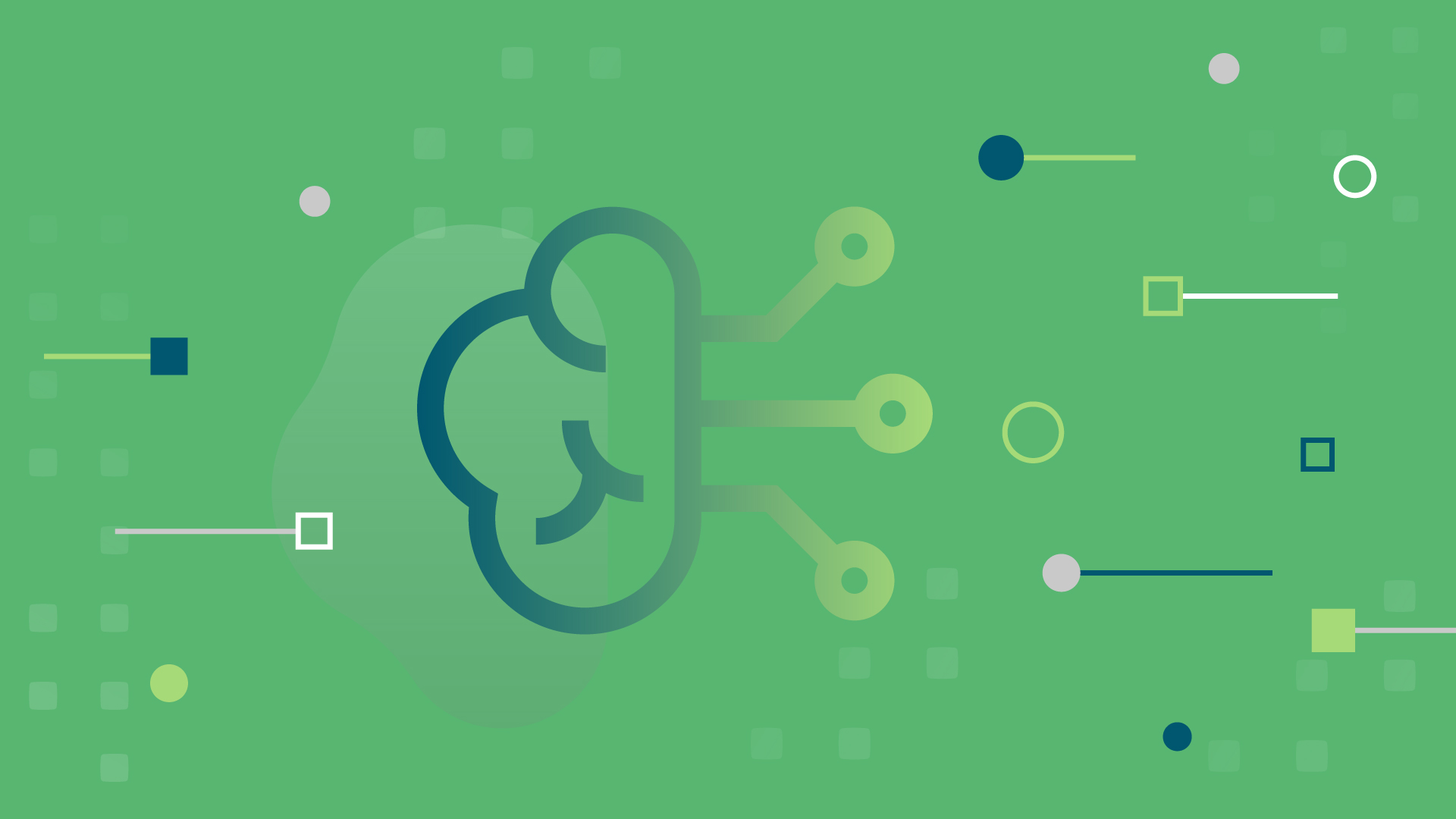In early 2020, when Oxford Economics and NTT DATA surveyed a thousand business leaders about their plans for adopting artificial intelligence (AI), 96% responded they were actively researching AI solutions.
That research has translated into a dramatic increase in AI adoption. Just this past April, O’Reilly found that 39% of businesses in the United States are now working with AI in some form or fashion.
You’ve likely seen some of this work in action on websites featuring helpful pop-ups offering assistance. These chatbots, powered by AI, benefit both customers and businesses by answering questions and limiting the need for always-available support, respectively.
As impressive as AI-assisted customer support is, however, it’s really just a scratch on the surface of the technology’s potential.

Advances in AI — and its close cousin machine learning (ML) — are only accelerating, with larger and larger datasets being used to train increasingly sophisticated models for things like:
- Natural language processing (NLP), which powers digital assistants like Alexa and Siri, as well as customer service lines for fielding support, calls without the need for dedicated employees
- Sentiment analysis of customer satisfaction through emails, YouTube videos, and social media posts to help companies gauge the health of their brand
- Computer vision to recognize and tag specific items (or people) within images and videos
These advances and others are making their way into a growing number of industries. Some examples:
Finance
AI and ML models are used to monitor transactions and quickly flag anomalies and potential instances of fraud based on a customer’s past purchasing habits. In addition, ML is increasingly being used by traders to make predictions on stock prices.
Healthcare
AI can be used to answer general health questions without the need for an in-person appointment, and ML models can predict potential outbreaks of diseases among specific regions and communities.
Retail
Intelligent recommendation engines powered by ML show items to customers based on their interests, and AI is being employed in some stores to inform retailers of where and how items should be displayed for the most amount of customer traffic.
AI going forward
One of the biggest areas of innovation in the AI and ML arena is automated data science.
Instead of manually dealing with an ever-increasing amount of data, the steps involved—storing, cleaning, exploring data for insights—are increasingly being automated. This frees up a substantial amount of time for both data scientists and IT, allowing them to focus more on new ideas rather than managing data.
Similarly, leveraging AI and ML for privacy and security is on the rise as companies strive to ensure customer information—and their own data—is constantly monitored for potential breaches based on modeling of past vulnerabilities.
Looking ahead, deep learning is only going to become more commonplace as Google, Facebook, and organizations like OpenAI continue to invest billions into developing models capable of not just replicating speech, but increasing the reliability of analytical predictions. This will likely revolutionize a wide range of things, from weather forecasting to sports betting.

From sci-fi to reality
Given the rapid pace of AI and ML advancements—and the growing number of businesses putting the technologies to work—it’s important to start the adoption process sooner rather than later.
In fact, as Forbes pointed out just last year, IDC has predicted that by next year, “75% of enterprises [will] embed intelligent automation into technology and process development, using AI-based software to discover operational and experiential insights to guide innovation” by 2022.
That’s right around the corner, which means in order to remain competitive, that quarter of enterprises likely lagging behind will need to quickly keep up.
To learn more about kickstarting your organization’s adoption process, check out our free guide Accelerating Your Success with Artificial Intelligence and Machine Learning.
Categories
- Cloud Migration and Adoption
- Enterprise IT and Infrastructure
- Artificial Intelligence and Machine Learning
- Data Management and Analytics
- DevOps and Automation
- Cybersecurity and Compliance
- Application Modernization and Optimization
- Featured
- Managed Services & Cloud Cost Optimization
- News
- Workplace Modernization
- Tech We Like
- AWS
- Social Good News
- Cost Optimization
- Hybrid Cloud Strategy
- NVIDIA
- Application Development
- GPU




